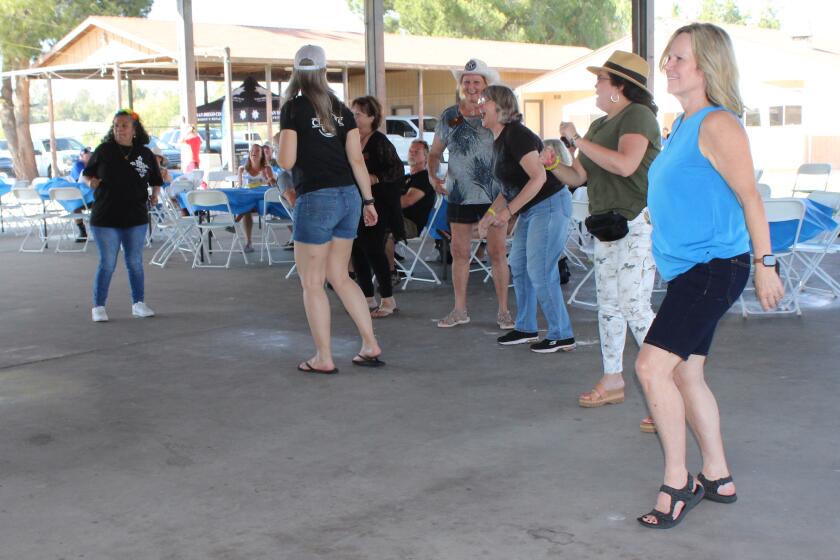San Onofre power plant to close
Friday, June 7—
Southern California Edison’s parent company announced today it is shutting down the San Onofre nuclear power station in San Diego County near the Orange County line.
San Diego Gas & Electric has a 20 percent minority interest in the plant and historically has received 20 percent of its power from it.
Since the units went offline in early 2012, SDG&E’s concern has been meeting its customers’ energy needs, said Jessie J. Knight Jr., SDG&E’s chairman and chief executive officer.
“With the Sunrise Powerlink now in service and with additional contracted resources, barring any unforeseen system emergency, our region should have adequate power supplies for this summer,” Knight said.
Ted Craver, chairman and CEO of Edison International, SCE’s corporate parent, cited uncertainty about when the two units at the plant, which were taken offline because of technical issues, would be allowed to restart.
“We have concluded that the continuing uncertainty about when or if SONGS (San Onofre Nuclear Generating Station) might return to service was not good for our customers, our investors, or the need to plan for our region’s long-term electricity needs,’’ he said in a statement.
The plant’s two reactor units, referred to as Unit 2 and Unit 3, have been offline since early 2012. Unit 1 was in operation from 1968 to 1992, when it was shut down over fears it could not withstand a major earthquake.
Unit 2 was taken out of service Jan. 9, 2012, for planned routine maintenance, while Unit 3 was shut down abruptly on Jan. 31, 2012, after a leak of radioactive gas occurred. No one was hurt in the leak, but both reactors were kept offline while the issue was investigated.
Edison executives later said the leak was caused by premature wearing of steam pressure tubes in the reactors. Each reactor has nearly 20,000 tubes, and hundreds of those were found to have been worn down prematurely by rubbing against each other due to vibrations and a settling of support equipment.
The tubes carry hot, pressurized radioactive water from the reactors.
The tubes then heat non-radioactive water surrounding them, producing steam used to turn turbines to create electricity.
The tubes also provide a safety function, forming a barrier between the radioactive and non-radioactive sides of the plant.
Edison has spent months trying to gain permission from the Nuclear Regulatory Commission to restart one unit at 70 percent power for five months as a test run.
However, the plan has been strongly opposed by the anti-nuclear group Friends of the Earth and Sen. Barbara Boxer, D-Calif., who accused Edison of skirting federal regulations designed to prevent such mishaps.
Opponents contend that Edison executives were not forthright in how they characterized replacement steam generators installed in the reactor units in 2009 and 2010. They recently released a series of communications they believe demonstrate that Edison executives knew the generators were of a radically different design than their predecessors.
Edison said it would pursue damages from Mitsubishi Heavy Industries of Japan, the company that supplied the replacement steam generators that wore out sooner than expected.
Edison said in its statement that the administrative process to gain regulatory approval for its restart plan could have lasted more than a year, entailing a cost too great to bear.
“It is uneconomic for SCE and its customers to bear the long-term repair costs for returning SONGS to full power operation without restart of Unit 2,” according to Edison.
In connection with the retirement of Units 2 and 3, about 1,100 workers at San Onofre will lose their jobs over the next year.
“This situation is very unfortunate,’’ said Pete Dietrich, SCE’s chief nuclear officer, noting that “this is an extraordinary team of men and women. We will treat them fairly.”




